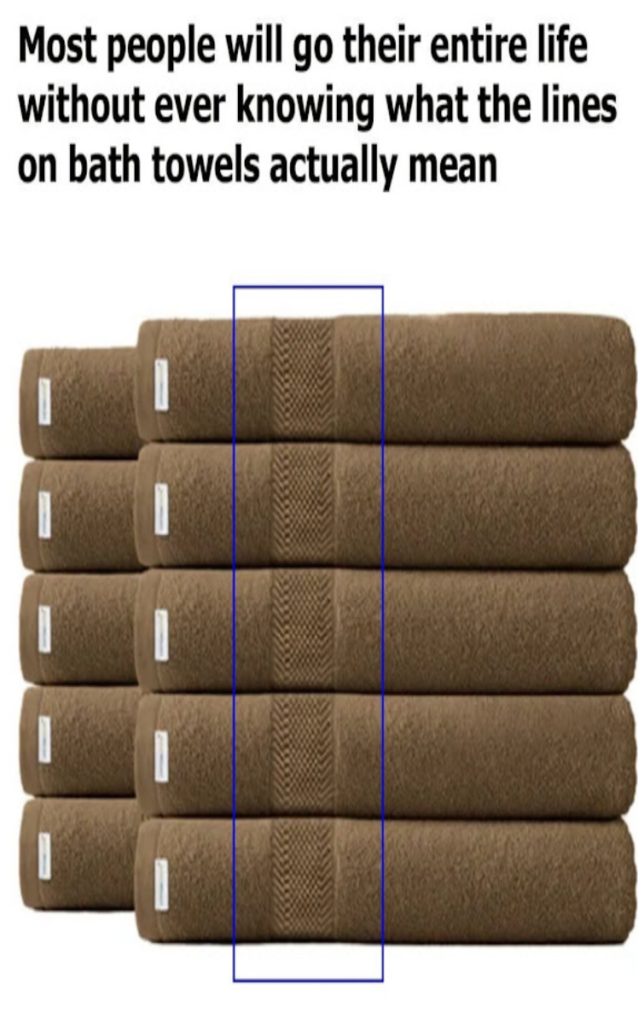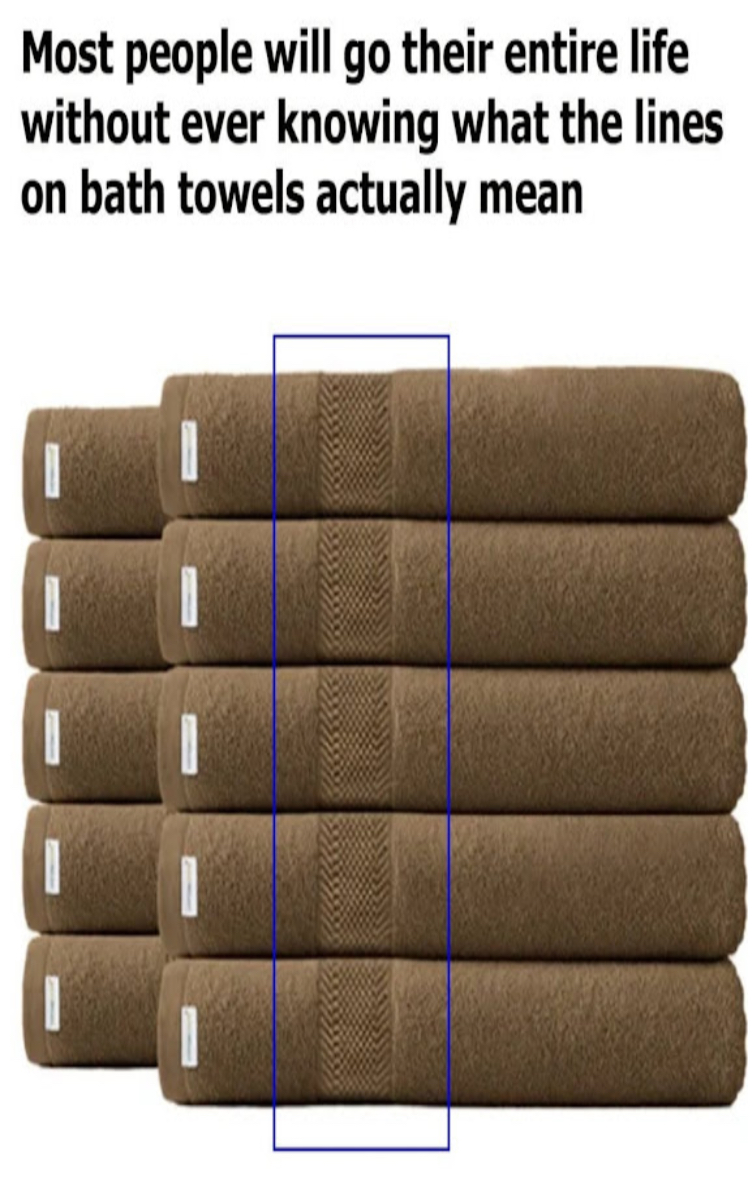
Bath towels are an essential part of daily life, offering comfort and absorbency after a shower or bath. While many people focus on factors such as softness, thickness, and material, one often-overlooked aspect of towel design is the presence of lines or patterns on the fabric. These lines, which may appear to be purely decorative, serve critical functional purposes that improve absorbency, durability, and overall performance.
Understanding how these lines are created and their role in towel design can give us a greater appreciation for the craftsmanship behind this everyday household item. Let’s explore the purpose of these lines and break down the step-by-step process of manufacturing towels with these intricate details.
Why Do Bath Towels Have Lines?
The lines found on bath towels serve multiple purposes:
• Enhanced Absorption – Towels are primarily designed to absorb water quickly. The lines, which create variations in the fabric’s texture, increase the surface area and improve moisture-wicking properties.
• Structural Reinforcement – Towels undergo frequent washing and usage, which can cause wear and tear. The lines act as reinforcements, preventing the fabric from fraying or losing its shape over time.
• Improved Aesthetic Appeal – Apart from functionality, these lines contribute to the towel’s appearance, making it look elegant and stylish.
• Tactile Comfort – Textured lines can enhance the feel of the towel, adding a luxurious touch and making it more comfortable against the skin.
Now that we understand their importance, let’s dive into how these lines are made during the towel manufacturing process.
How Are Bath Towel Lines Made?
The process of creating towels with these intricate details involves several steps, from selecting the right materials to weaving, finishing, and quality control.
Step 1: Choosing the Fabric
The first step in making high-quality bath towels is selecting the right fabric. Most towels are made from:
• Cotton – The most popular choice due to its superior absorbency and softness.
• Bamboo – Offers a silky feel and natural antibacterial properties.
• Microfiber – Lightweight and quick-drying but not as plush as cotton.
The type of cotton also plays a role in the quality of the towel. Egyptian and Turkish cotton, for instance, are known for their long fibers, which create softer and more durable towels.
Step 2: Preparing the Yarn
Once the fabric type is chosen, the next step is yarn preparation. The cotton or other fibers are spun into yarn through a process called carding and combing.
• Carding aligns the fibers and removes impurities.
• Combing further refines the fibers, making the yarn smoother and stronger.
This step ensures the towel will be soft, absorbent, and resistant to wear.
Step 3: Weaving the Towel with Lines
The weaving process is where the lines in the towel are created. Towels are typically woven using terry weaving, a technique that produces loops in the fabric to enhance absorbency.
To create the signature lines:
• Dobby or Jacquard Looms – Special looms are used to control the weave pattern, allowing manufacturers to integrate lines or decorative textures into the towel.
• Pile and Flat Weave Combination – The lines are formed by alternating between pile weave (which creates loops for absorbency) and flat weave (which produces smoother, lower-texture areas).
• Pattern Design – The loom settings determine the placement and size of the lines, ensuring they are evenly spaced and symmetrical.
Step 4: Dyeing and Finishing
After weaving, the towels undergo a dyeing process to achieve the desired color. This step includes:
• Pre-washing – Removes any residual impurities.
• Dyeing – The towels are immersed in color baths, ensuring even saturation.
• Fixation – A chemical process helps lock in the color, preventing fading over time.
To enhance softness and durability, the towels may also go through enzyme or silicone treatments. These treatments refine the fabric’s texture, making it more plush and resistant to fraying.
Step 5: Cutting and Hemming
Once the fabric is woven and dyed, it is cut into individual towels. The edges are then hemmed using a strong stitch to prevent unraveling.
For towels with decorative borders or embroidered designs, additional stitching is done at this stage to reinforce the details.
Step 6: Quality Control and Packaging
Before the towels are packaged and sent to stores, they go through rigorous quality checks:
• Absorbency Test – Ensures the towel can soak up moisture effectively.
• Durability Test – Simulates repeated washing to check if the fabric holds up over time.
• Visual Inspection – Looks for any weaving defects or inconsistencies in the lines.
Once approved, the towels are folded, packaged, and shipped to retailers.
Final Thoughts: The Craftsmanship Behind Every Bath Towel
Although bath towels seem like a simple household item, their design involves careful planning and skilled craftsmanship. The lines on towels are more than just a decorative feature—they play a crucial role in functionality, enhancing absorbency, durability, and comfort.
Next time you pick up a towel, take a moment to appreciate the intricate details that make it both beautiful and practical. The combination of high-quality fabric, expert weaving techniques, and thoughtful design ensures that every bath towel serves its purpose efficiently while adding a touch of elegance to your bathroom.






